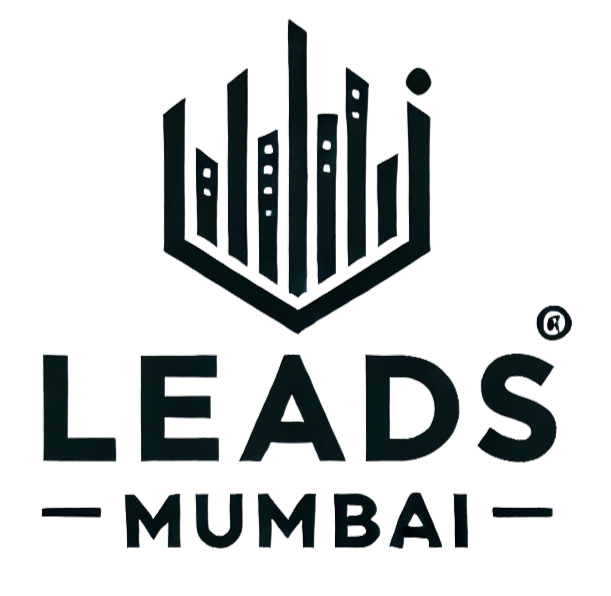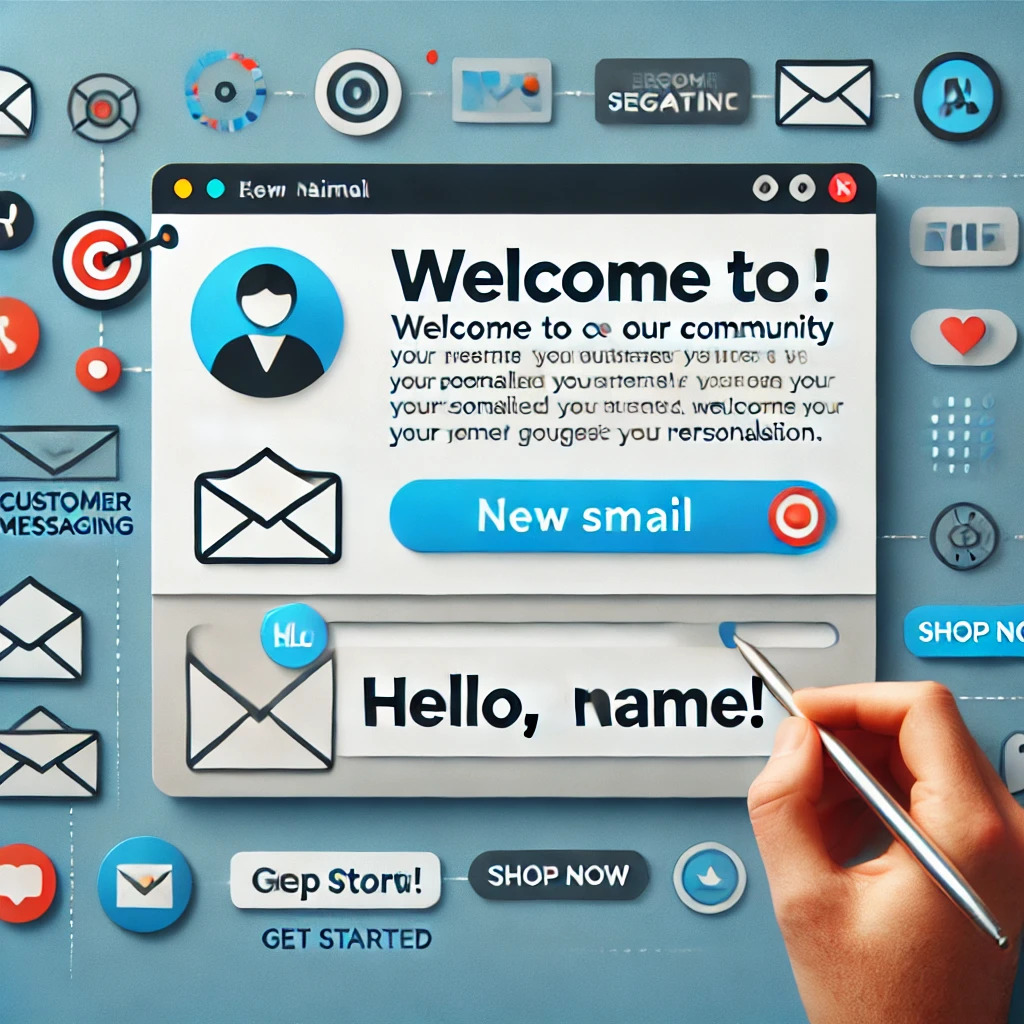Welcome emails are often the first direct interaction a customer or subscriber has with your brand, making them a crucial part of the customer journey. Setting up automated welcome emails is essential to grab attention and build a strong connection with your audience for long-term engagement. Crafting the perfect welcome email involves more than just a warm greeting—it requires personalization, strategic timing, and a clear call to action. To ensure success, set up automated welcome emails that leverage segmentation for targeted messages and optimize timing and frequency, avoiding overwhelming your subscribers while maintaining high engagement.
Crafting the Perfect Welcome Email: Key Elements to Include

A welcome email is your first opportunity to establish a relationship with new subscribers or customers. It sets the tone for future interactions and plays a key role in building trust and loyalty. The best way to achieve this is to Set Up Automated Welcome Emails that do more than just say “hello”—they introduce your brand, offer value, and guide the recipient on what to do next. Here are the key elements that make a welcome email truly effective.
Personalized Greeting and Setting the Tone
The first step in crafting an impactful welcome email is personalization. Addressing the recipient by their first name can make a big difference in creating a more personal connection right from the start. When you Set Up Automated Welcome Emails, ensure personalization options are built in, as this shows that you see them as an individual and not just another subscriber or customer.
Beyond the personalized greeting, it’s important to set the right tone for the relationship. When you Set Up Automated Welcome Emails, you can align the tone with your brand’s personality, whether casual, professional, or playful. For example, a tech company might use a friendly and approachable tone, while a luxury brand may adopt a formal and elegant approach. This ensures that recipients perceive your brand positively.
Introducing Your Brand and Showcasing Your Value Proposition
Once you’ve established a warm and friendly greeting, the next crucial step is to introduce your brand clearly. When you Set Up Automated Welcome Emails, this is your chance to highlight why new subscribers or customers made the right choice. In just a few lines, explain who you are and what you offer.
Highlight your unique value proposition (UVP)—what sets you apart from competitors and why your recipients should care. Be concise and focused on the benefits your audience will gain from your product or service. Using tools to Set Up Automated Welcome Emails allows you to craft messages that communicate these benefits consistently, ensuring each recipient gets the same engaging experience.
It’s also helpful to mention key features or benefits that will make the recipient’s experience with your brand stand out. For example, automated systems can emphasize customer support availability or exclusive member-only offers, ensuring consistency when you Set Up Automated Welcome Emails.
Including a Clear Call-to-Action (CTA)
A clear and actionable call-to-action (CTA) is vital in a welcome email. When you Set Up Automated Welcome Emails, design CTAs to guide recipients effectively. Whether it’s exploring your website, browsing products, completing their profile, or redeeming a special offer, automated emails ensure the CTA is always easy to understand and consistent.
For instance, if your goal is to get new subscribers to make their first purchase, a compelling CTA in your automated system could be, “Start shopping now and enjoy 10% off your first order.” When you Set Up Automated Welcome Emails, the CTA should be visually prominent (e.g., a button or bold text) and aligned with the recipient’s stage in their customer journey.
Personalization and Segmentation: Tailoring Your Welcome Emails for Maximum Impact

Set Up Automated Welcome Emails that leave a lasting impression by incorporating personalization and segmentation. These elements are crucial for fostering long-term relationships with your customers. By tailoring your emails to the specific needs, preferences, and behaviors of each recipient, you can significantly increase engagement and conversions. Here’s how to make your automated welcome emails more effective.
The Role of Personalization in Creating a Memorable First Impression
When you Set Up Automated Welcome Emails, personalization is one of the most powerful tools you can use. The moment a subscriber or customer opens your email, the first thing they’ll notice is the personalized touch. Addressing your recipient by name in the subject line or the greeting makes the email feel more human and immediately grabs attention.
Beyond just using the recipient’s name, personalization can extend to the content itself. For example, if someone subscribes to your newsletter after viewing a particular product, you can Set Up Automated Welcome Emails to highlight that product, along with similar items they might be interested in. This approach makes recipients feel valued and understood, significantly improving their likelihood of engaging with your brand. By taking the time to personalize, you ensure your automated welcome emails resonate deeply with each customer.
How Segmentation Can Help Send Targeted Messages to Different Customer Groups
Segmentation is a game-changer when you Set Up Automated Welcome Emails. It allows you to send highly targeted and relevant messages based on specific criteria, such as demographics, location, past behaviors, or interests. By dividing your audience into distinct segments, you can create welcome emails that resonate with each group, avoiding a one-size-fits-all approach.
For example, if you run an e-commerce store selling both men’s and women’s clothing, you can Set Up Automated Welcome Emails that cater to male and female customers differently. A female customer who recently signed up could receive a message highlighting new arrivals in women’s fashion, while a male customer might see tailored recommendations in men’s wear. This targeted approach boosts relevance and engagement.
Examples of Using Customer Data to Personalize the Welcome Email
There are numerous ways to use customer data when you Set Up Automated Welcome Emails to personalize the experience.
- Name and Demographics: At the most basic level, use a customer’s first name to create a personalized connection. Demographic data like location or age can also enhance relevance. For instance, if a customer signs up from Mumbai, you can mention local offers or events in your automated welcome email.
- Purchase History: If a customer has made a previous purchase, Set Up Automated Welcome Emails to thank them for their order and provide recommendations. For example, “Thank you for purchasing the XYZ product. Here’s a 10% discount on your next purchase of related items!”
- Website Behavior: Use browsing data to customize the email. If a customer recently viewed a category, your automated email can remind them of those products or offer a discount.
By leveraging these data points when you Set Up Automated Welcome Emails, you create immediate value and build stronger customer connections.
Why Automated Welcome Emails are Key to Building Relationships
When you Set Up Automated Welcome Emails, you create opportunities to nurture customer relationships from the very start. Tailoring these emails based on customer data not only increases relevance but also sets the stage for ongoing engagement. Incorporating strategies like personalization, segmentation, and timely follow-ups ensures your emails remain impactful.
In conclusion, personalization and segmentation are essential when you Set Up Automated Welcome Emails. Address recipients by name, understand their preferences, and tailor content based on their behavior and demographics to maximize impact. By using these strategies, your automated welcome emails will resonate with your audience and drive meaningful results
Timing and Frequency: Optimizing Your Automated Welcome Email Workflow

The success of an automated welcome email series isn’t just about crafting the perfect message—timing and frequency are key factors in ensuring your emails are effective and well-received. Sending the right message at the right time can lead to higher engagement rates, improved customer satisfaction, and ultimately, better conversions. Here’s how to optimize the timing and frequency of your automated welcome email workflow to make a lasting impression.
Best Practices for Choosing the Right Timing for Sending Your Welcome Email
The timing of your welcome email is critical. Ideally, your welcome email should be sent immediately after a user subscribes, makes a purchase, or takes another desired action, such as downloading a resource. This prompt response ensures the recipient’s interest is captured when it’s at its peak. Research shows that welcome emails sent within the first hour of sign-up have significantly higher open rates compared to those sent later, which makes speed crucial.
However, it’s also important to consider time zones when planning the send time. If your audience is global, you may want to segment your email list by time zone to send the email at an optimal time for each group. This ensures that your email doesn’t arrive during odd hours, potentially leading to a lower open rate or being marked as spam.
How to Set Up Follow-Up Emails in an Automated Series to Keep Engagement High
After the initial welcome email, setting up a series of follow-up emails helps maintain momentum and deepens the relationship with your new subscriber. These emails should be spaced out appropriately to avoid overwhelming the recipient while keeping them engaged.
A typical welcome email workflow might look like this:
- Email 1: The Welcome Email – Sent immediately after sign-up or purchase, introducing your brand, offering a warm welcome, and providing value through a discount or useful information.
- Email 2: Getting to Know Your Audience – Sent 2–3 days later, this email could ask the recipient to update their preferences, answer a survey, or share their needs. This step can be valuable in segmentation for future communications.
- Email 3: Building Trust – Sent a few days after the second email, this could offer social proof like customer testimonials or case studies that help build credibility.
- Email 4: A Special Offer or Next Step – A week after the third email, you can offer a time-limited discount or a compelling reason to take the next step, such as completing a purchase or booking a consultation.
The key is to ensure that these emails provide ongoing value and keep the recipient interested in what your brand has to offer.
Avoiding Over-Automation: Finding the Right Balance Between Timely Follow-Ups and Spammy Behavior
While automation can save time, it’s important to strike a balance. Too many follow-up emails can feel spammy and lead to unsubscribes, whereas too few might result in missed opportunities to engage with your audience.
The timing between follow-up emails should feel natural, not forced. Consider the type of product or service you offer and how often customers would likely need or want to hear from you. For example, an online course might have a series of emails spaced out over several weeks, while an e-commerce business could send follow-ups within a week of a purchase.
Monitoring your email engagement metrics, such as open rates, click-through rates, and unsubscribes, will help you fine-tune your email frequency. If you notice a decline in engagement, it may be a sign to adjust the timing or frequency of your follow-up emails to better suit your audience’s preferences.
In conclusion, optimizing the timing and frequency of your automated welcome email workflow is essential for maintaining engagement and building a lasting relationship with your new subscribers. By sending your emails at the right moment, strategically planning follow-up emails, and finding the right balance in automation, you can ensure your welcome emails create a positive first impression without overwhelming your audience.
Conclusion
In conclusion, to set up automated welcome emails that impress your new subscribers, thoughtful planning and execution are key. By incorporating personalized greetings, clearly showcasing your brand’s unique value, and using segmentation to target specific customer groups, you create a more meaningful experience. Optimizing the timing and frequency of your emails ensures that your messages don’t overwhelm or annoy your audience but instead keep them engaged and excited. When you set up automated welcome emails with these best practices in mind, you not only effectively welcome your new subscribers but also build a solid foundation for ongoing customer loyalty and increased conversions.

